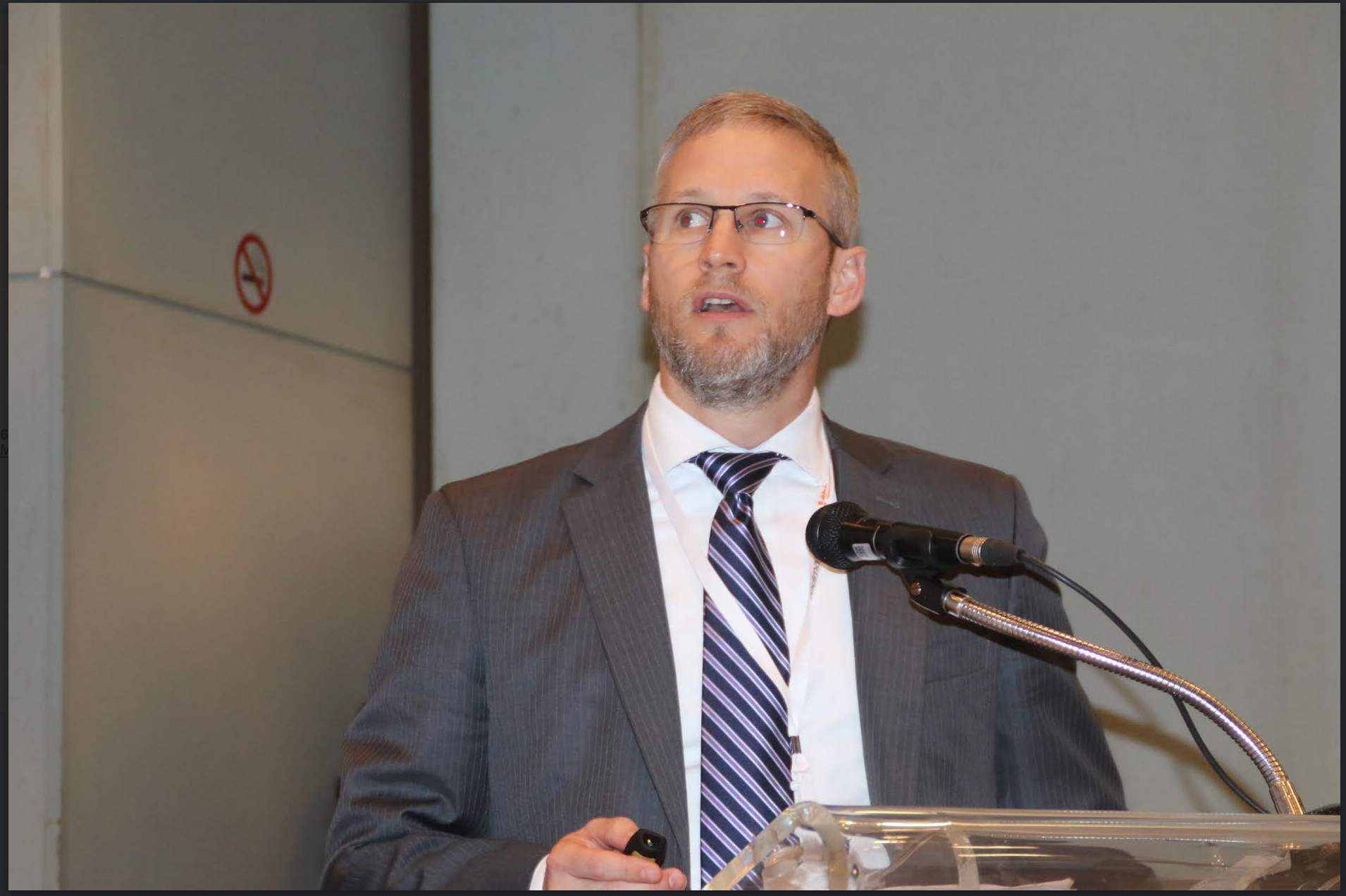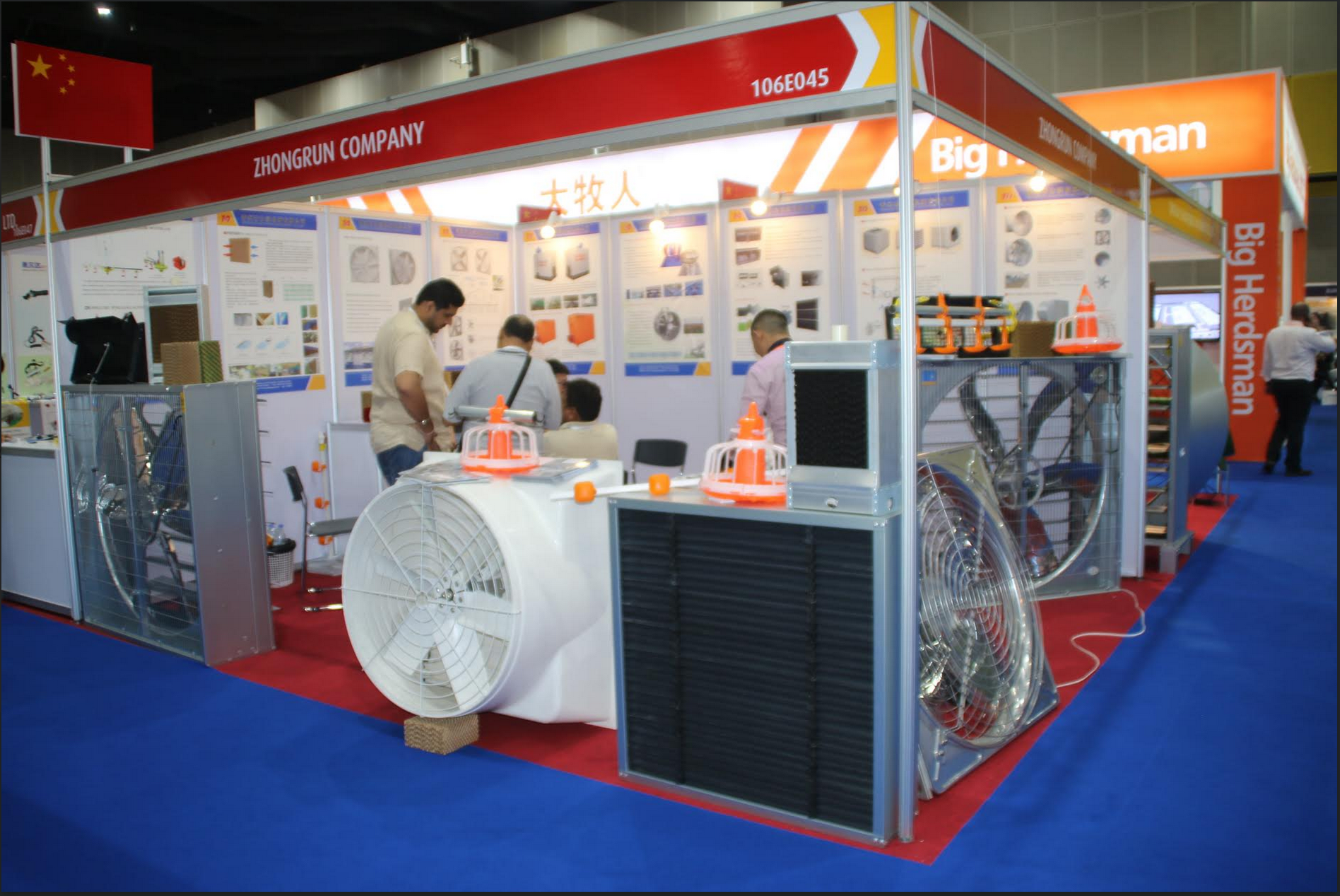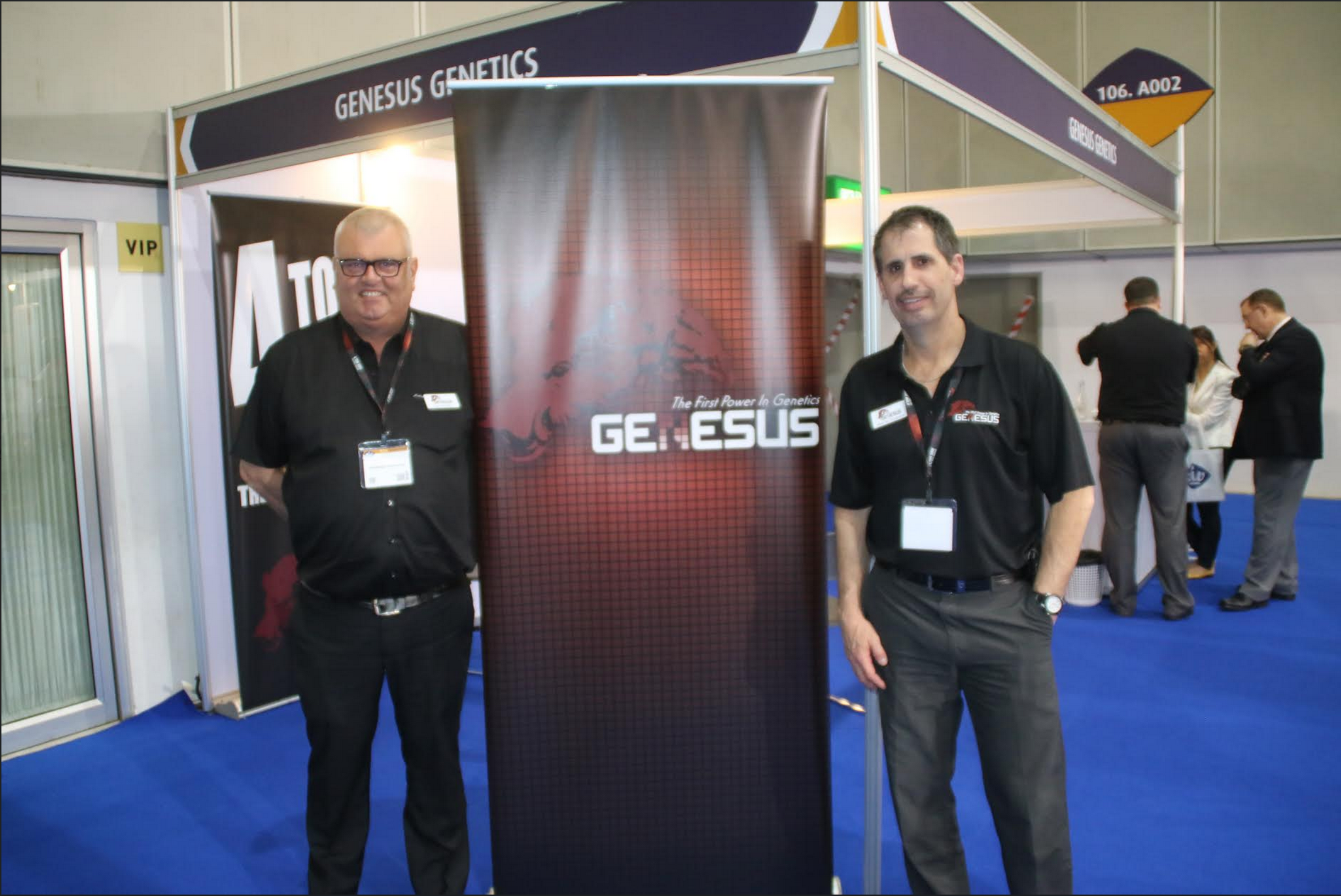This biennial event is held in Bangkok in March at the downtown BITEC centre. A few years ago rumour had it that the event would have to relocate due to size constraints to a larger, but less accessible venue, but a new extension is rising rapidly and so the centre will be able to handle the expanding number of exhibitors and visitors for some years to come.
In his opening address, Dr. Apichart Pongsrihadulchai, Thailand Vice Minister of Agriculture and Cooperatives highlighted the importance of the livestock sector not just for the Thai market but for the growing export market, with Russia, Netherlands, Japan, USA and China all being earmarked. Dr. Pongsrihadulchai also flagged up the great importance of food product safety in livestock production.
Dairying is of increasing importance in Asia and biogas is a technology which is also of growing significance in this region. At this year’s event both had a dedicated pavilion area grouping the theme – related exhibits together – furthermore, attendees could also attend technical conferences relating specifically to these to topic areas.
The opening day of a show is often quiet but that certainly was not the case at Viv Asia 2015, with the organizers expecting around 30,000 visitors over the course of the 3 day event, keen to see what the 800 exhibitors from 120 countries had to offer.
Breeding stock is obviously a key part of any pig farm and several well-known companies were at VIV. Danbred International is expanding aggressively in Asia and the company delegation was headed up by Henrik Boholm the area manager for Asia. Boholm stated “we are launching a new turnkey package entitled “Danish Farm Concept”, which will operate on a worldwide basis and enable a farming business to take advantage of an all in one turnkey package of genetics (Danbred International), buildings (Danish Farm Design), Equipment (Vissing Agro & Skov), nutrition (Hamlet Protein), and very importantly staff training (Dalum Agricultural Business Academy). “ This has already started in China,” added Boholm “but will soon be available worldwide.” Key managers will be trained at Dalum, in Denmark, who will in turn train unit staff on the farm, with help from Danish experts. We have been in Thailand for many years, with China and Vietnam being key growing markets as well. We have a 1600 sow nucleus unit, along with a multiplier farm, three hours’ drive north of Shanghai, supplying the Chinese market.”
Canada has exported pigs for many years. Genesus has sold breeding pigs in Canada and the USA for many years but is now focusing on Asia, with Genesus recently appointing pig industry veteran Paul Anderson as international sales manager, to spearhead international sales. “Genesus was the leading exporter of breeding stock to China last year,” commented Anderson “plus we are focusing on many other Asian countries as well.” Mike Van Schepdael, Genesus VP was also in attendance at the Genesus booth.
French based company Olmix is well known throughout Asia and used Viv Asia to announce the establishment of Olmix (Thailand). In addition Olmix used the show to launch MFeed +. The product can be fed to different species but the focus at VIV was in relation to growing and finishing pigs. Olmix technical expert Marie Gallissot explained “MFeed + is based on a combination of clay and algae extracts which optimize the activity of enzymes present in the small intestine resulting in better digestion and improved feed efficiency leading to reduced feed costs and better margins.”
The trend to hyper prolific sows whereby sows have more piglets than teats has led to a proliferation of products which supplement the sow’s own milk. Another French company, Earlypig, also based in Brittany was showcasing their range of gel feeds for baby pigs. An ingeniously designed tray, fixed to the farrowing pen slats, contains the Earlystart gel which keeps up to 10 days thanks to its low (3.9) pH.
Trial data show substantial reductions in pre-weaning mortality and ADG when Earlystart was fed to piglets over the first 10 days of life.
Anpario is the umbrella company for a number of brands including Optivite, Kiotechagil plus Meriden and the company used the show to launch the new format. International MD Andrew Jackson stated, “It was great to see the whole team in action at the show. We had a very busy stand and generated a significant list of actions to follow up on over the coming months.”
Naturally many familiar equipment companies were present at the show. Nedap featured their new lactating sow feeder which incorporates ID technology, which allows very accurate feed dispensing. The company has just sold 40 ESF stations to the second largest Thai integrator. Given the abundance of labour on Thai units, how can the cost of such equipment be justified? “Labour may be there in quantity, but the quality is lacking and with ESFs there is less feed wastage and sow condition is much better,” commented Nedap.
Big Dutchman had a big stand and as ever, highly visible. Viggo Poulsen is area manager and he highlighted the recent take- over of Canadian company Proline, which as well as pigs is involved with poultry and grain. “This addition will benefit our turnkey projects significantly,” added Poulsen. Big Dutchman has also been successful in selling ESFs into Thailand, with the CP group recently purchasing 90 stations.
Famsun is the farm equipment arm of the Chinese Muyang group and were exhibiting for the first time at the show, technical director Roger Parfitt adding that the company were keen to expand sales in Thailand.
Many other Chinese equipment companies were also exhibiting, many with large fans on display as tunnel ventilation is now very common on Asian pig units. Gestation sow stall displays were plentiful as this is still the preferred housing system in Asia for pregnant females.
VIV ASIA is an excellent well run event. It’s staying at the BITEC Centre and for your diary the next one will be held onMarch 8-10, 2017.
In addition to the large number of exhibitors at VIV, the organizers put on a large and varied number of presentations by key specialists. These presentations are increasing as each show comes along. It’s very significant that a major feed company should have one of their experts addressing an Asian audience about alternatives to antibiotics – surely signs of things to come.
Raising Pigs in a Reduced Antibiotic Environment in Asia. What to Look Out For?
Dr. Jason Shelton , Global Technology Director Cargill Animal Nutrition, Provimi Singapore Pte. Ltd
European countries e.g. Denmark and Netherlands have been cutting antibiotics use for several years now. The large food chains such as McDonald’s are concerned about antibiotic resistance and are specifying that their suppliers of meat and eggs cut out the use of in- feed antibiotics.
Reducing antibiotic use in Asia is not easy as the climate is considerably different to that in Europe.
Possible Alternative Nutritional Strategies :
Ensure diets are well balanced
Use high levels of minerals ( Copper and Zinc) where allowed, Use acidifiers
Combinations of these strategies is the key
Ensure high levels of management are in place e.g. not over stocking which can lead to stress.
Feed composition strongly influences the intestinal microflora , so detailed knowledge of raw material quality and content becomes even more important.
Protein Pointers :
Avoid undigested protein fermentation in the colon.
A shortage of specific amino acids results in reduced growth , higher blood urea and significantly decreased immunity •
— By Norman Crabtree







